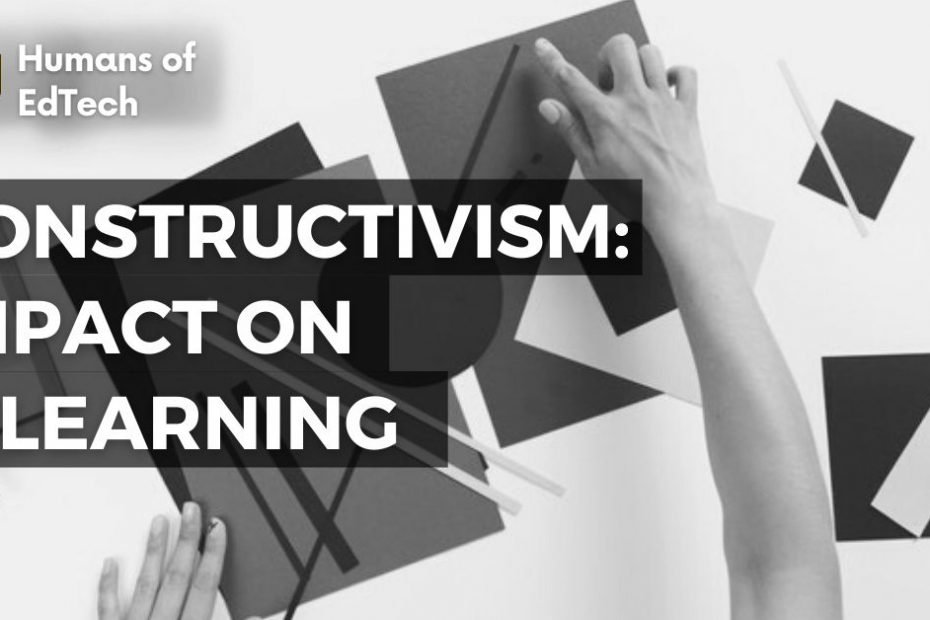As per Constructivism, people actively construct or make their own knowledge and that reality is determined by the experiences of the learner
- WORDS:1292
- TYPE:Post
- VIDEO:1
- SLIDES:1
- TOPIC:Humans Of EdTech
- TIME:8 Minutes
Hi, welcome once again to Humans of EdTech. I am Mayuresh and today we are going to look at another topic that’s called constructivism. And let’s quickly start.
As you can see, this is the series we started with behaviourism. We spoke about cognitivism. Now we’re going to speak about what is constructivism? So let’s quickly jump into this.
So what to expect, again, the usual stuff, what is constructivism? How does it impact the teaching learning process? And what is the impact of constructivism on the elearning, on the online learning, especially for the advertorial system.
So let’s just quickly jump into it. So I think I’m going to share this deck with you. But more importantly, I’m going to focus on a few key slides on this particular presentation, because that’s where I think you know, the meat is really the key point.
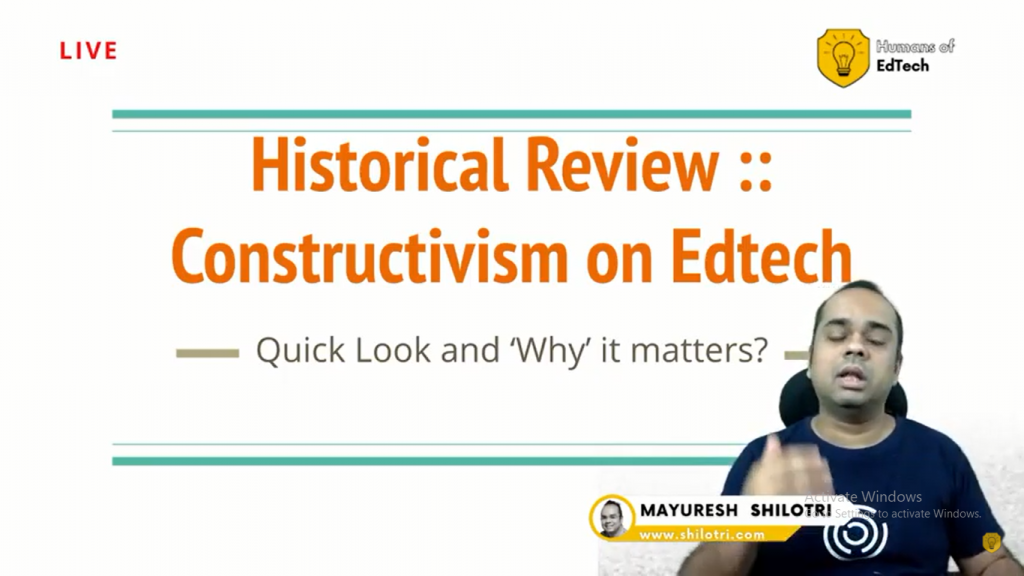
What is Constructivism?
So I think this is the definition, what is essentially said is that in constructivism, the participants, the people, the learners, they are actively involved in not just absorbing or, getting directed by the instructor, but they themselves actively contribute to the whole act of constructing the knowledge. And it is also a function of their previous and past experiences.
Let me just quickly jump into the more relevant parts. I think this is a slide deck that I would really want you to consume on your own. But essentially, what it says is that, a lot of this is learner centred, the instructors role is more of a facilitator and the student essentially does a lot of inquiry they asked a lot of questions. And that’s where out of this interaction, the whole knowledge of the body of knowledge is essentially built.
So the key thing for constructivism to work is the group dynamics that has to exist. So just to summarise, knowledge is constructed, it’s an active process, the knowledge that you have is personal. And learning exists everywhere in this world. And you just need to unlock it. Let me just quickly jump into the more key parts of this particular presentation.
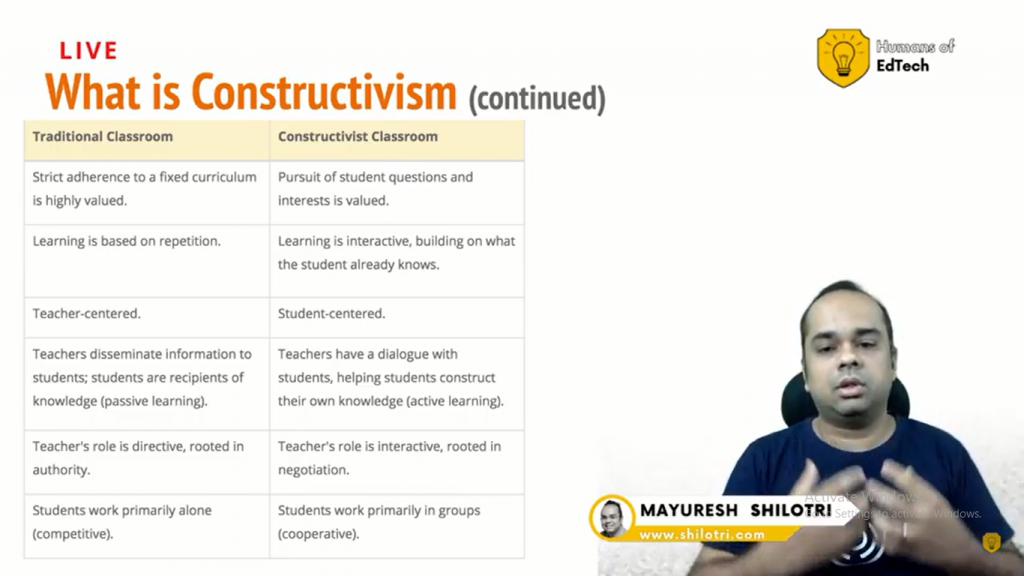
How does this teaching-learning process work?
So, you know, what are the pedagogical practices that we have in constructivism. So essentially, what all of these four points together in isolation are together they essentially say is that if you can approach to more of a case study centred approaches where you have a problem statement that you’re solving, and you kind of, take it head on from all the different directions, so you mimic the real world situations.
For example, if you’re working on a software engineering problem where you’re about to build a web app, then you want to mimic all the situations, the ecosystem around it as closely matching, mapping to what is there in the real world.
So whether it is situated learning, anchored learning, all of those things, we want to be close to what we really encounter in real life situations when you’re actually solving those problems. So that’s the crux of some of these practices.
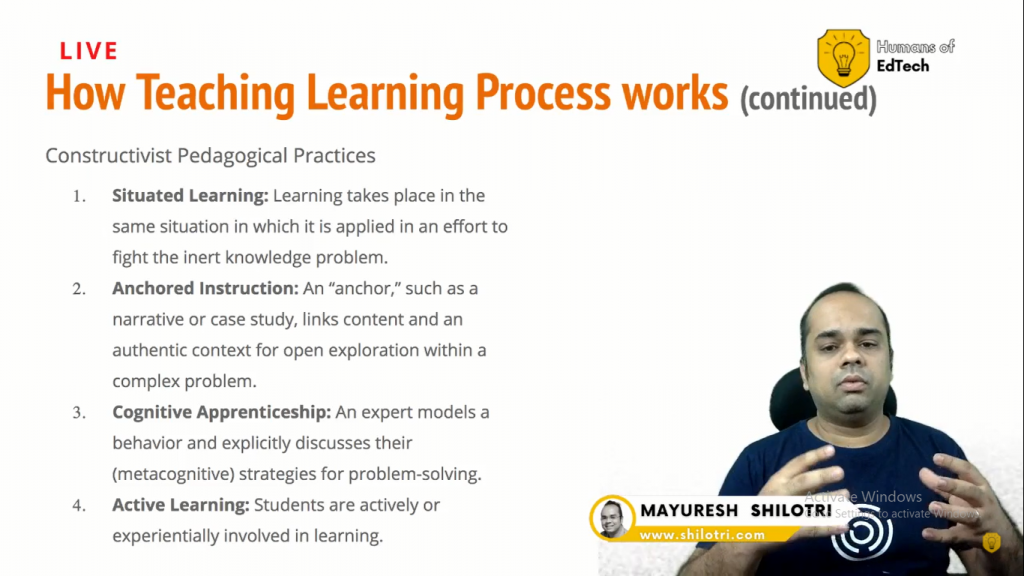
What is its impact on elearning?
Quickly moving on so at the heart of you know, constructivism is the group, is the community that essentially exists. So if you have online community which can be on slack, which can be on discord it can be on telegram group, if you’re finding a lot of back and forth of questions and answers peer learning happening over there, resources getting shared, knowledge getting constructed, points of view getting presented us see this particular school of thought the school of learning in action, let’s constructivism for you.
If you’re actively using the breakout rooms feature in zoom meetings, where after planting a certain critical mass of ideas, you’re encouraging people to reflect or engage in mini exercises, again, this particular phenomena is at play in thought experiments simulations.
So if you are basically running corporate finance class, in an MBA school, and then you go through some sort of an online simulation, so that is an example of what constructivism is all about.
So if we have to teach someone a particular tool, so other ways to teach is that you know, this is what the output looks like. And then you basically keep on deconstructing it. Okay, if I remove this, if I undo this, if I get rid of this, this is what is left.
So you’ve basically peeled away like an onion like orange. So that’s again, you know, one of the ways we kind of reverse engineer or deep dive and understand what are the constituent parts and that’s again, you have this particular thing at play.
So that’s what we have. You know, that’s what we really mean by constructivism. I’m going to leave this deck with you. And I really wish you want you to reflect on this. Wikipedia honestly has one of the best resources. For this particular school of thought, of course, there are some very well established published papers, but Wikipedia has won the well documented literature on this particular topic.
And finally, how does it impact adult learning? So at GreyAtom, we have something called guided hackathons where essentially what happens is that you have a problem statement, the group of students is intended, and is expected to solve it. And it’s a multi day multi stage kind of process.
Now, somewhere down the line, they are going to need a mentor, they’re going to need an expert, who is going to help them not solve it, but help them get unstuck. And that’s what we call a guided hackathon, where we encourage the bulk of the work is essentially done by the learners.
But a mentor is just all there to push them when they are kind of stuck, or show them the right direction or ask them the right question. Business problem solving Sessions is again, the format that we have pioneered at GreyAtom.
And what we essentially do over here is that the body of knowledge that typically exists for a lot of technology courses, requires you to pick up a lot of concepts in isolation. But you need to be able to put all of them together and apply all of it to solve a specific problem.
And that’s where the business problem solving workshop, which we typically do for a lot of corporates comes into play, where we exactly take a problem statement, we simulate it, we solve it, and the problem statement can be a real world problem statement. So there are stages of brainstorming, questioning, and it’s a very detailed kind of a process.
And finally, I think all the brainstorming, mind mapping exercises, where it is either idea generation solution, possibility set generation, all of those things are again, in the realm of using this particular school of thought or school of learning.
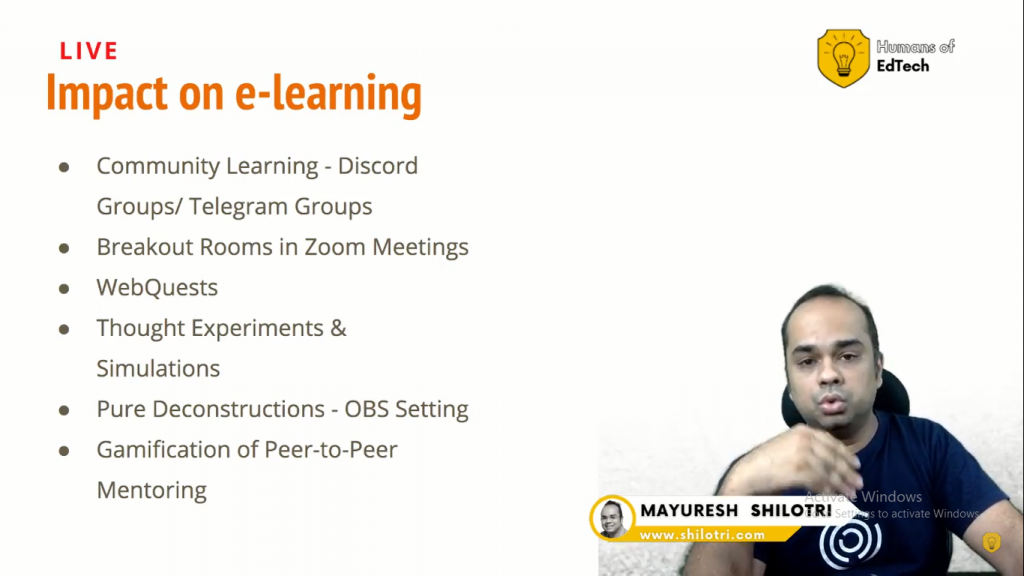
So I hope that helps you get introduced to what constructivism is, I’m sure the literature is there in plenty. There are some really well established papers, I’ll be sharing the links with you.
But more importantly, I just wanted this particular video to be a very gentle introduction to what this field is, I hope the examples have helped. Again, stay tuned to us at the website. The address is right here. And I’ll see you soon. Thanks. Bye.
Photo by cottonbro from Pexels.
Join to get sneak peek into what's happening
I write about books, experiences, product, UX, EdTech, early stage growth, validation – mostly tech. Subscribe if these topics interest you. Once every 15 days emailer. I promise – No spam. (I am known for it otherwise) 😉
